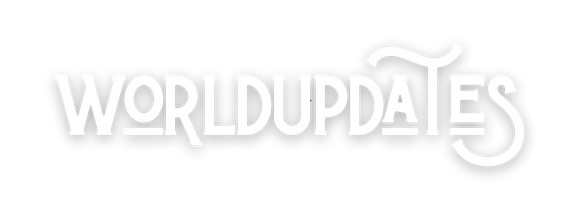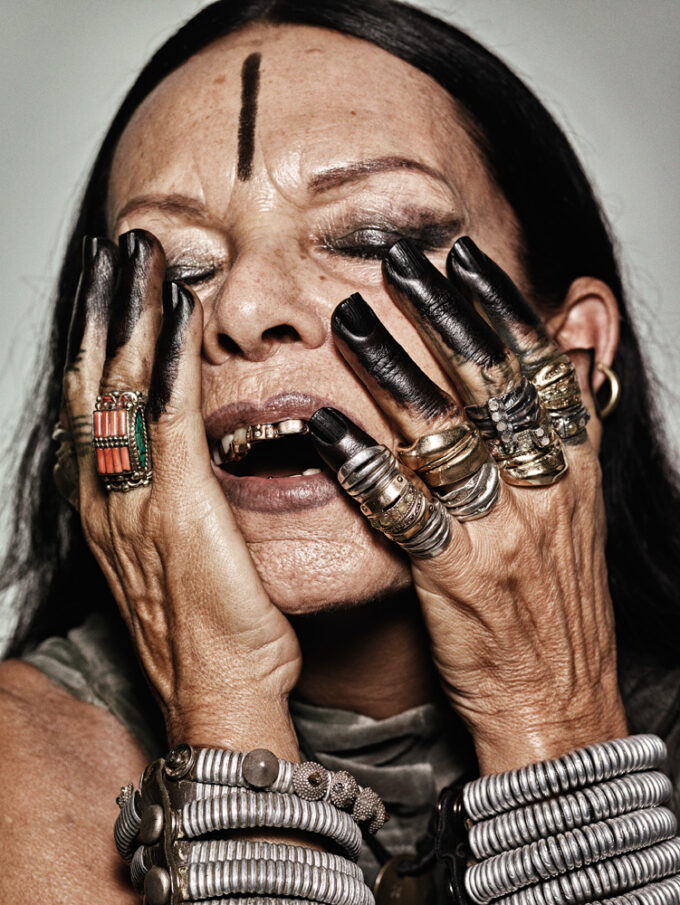The concept of the “American Dream” has been evolving for decades. For many, the picture of a house with a white picket fence, two cars in the driveway, and 2.5 kids is no longer the ultimate goal. A growing number of couples are choosing a different path, one that prioritizes financial freedom, personal growth, and shared experiences over raising children. This path is widely known as the dink lifestyle. DINK, an acronym for “Dual Income, No Kids,” represents a conscious decision by couples to build a life together without children. This choice allows them to combine their earnings to pursue a life rich with travel, hobbies, and financial stability.
This article will explore the many facets of the dink lifestyle, from its financial advantages to the social dynamics that come with it. We will look at how these couples manage their finances, spend their free time, and plan for a future that looks different from the traditional family model.
Key Takeaways
- What is the DINK Lifestyle?: It refers to couples with two sources of income who have chosen not to have children, focusing instead on other life goals.
- Financial Freedom is Key: A major appeal is the ability to save more, invest aggressively, and spend on discretionary items like travel and hobbies due to lower household expenses.
- More Than Just Money: Beyond finances, it allows for greater personal freedom, spontaneity, and more time for partners to invest in their relationship and individual passions.
- Social Shifts: While becoming more common, the dink lifestyle can still face social pressure and misconceptions from family and friends.
- Planning is Crucial: Successful DINKs plan meticulously for retirement, potential long-term care, and building a strong support network outside of traditional family structures.
Understanding the Rise of the DINK Lifestyle
The decision to live a child-free life is becoming increasingly mainstream. Economic pressures, changing social norms, and a greater emphasis on personal fulfillment have all contributed to the rise of the dink lifestyle. For many millennials and Gen Z couples, the high cost of raising a child—estimated to be over $300,000 to age 18—is a significant deterrent. When you factor in the costs of college, that number skyrockets. This financial reality, combined with a desire for career advancement and personal freedom, makes the dink lifestyle an attractive and practical choice for many. It’s a deliberate move towards a different definition of a fulfilling life.
What Does DINK Actually Mean?
DINK stands for Dual Income, No Kids. It’s a simple acronym for a significant life choice. A couple is considered to be living the dink lifestyle when both partners are employed and they have made a conscious decision not to have children, either for the foreseeable future or permanently. This is different from couples who are “childless” and may want children but are unable to have them. DINKs are “child-free” by choice, embracing the unique opportunities that this decision affords them. This choice allows them to structure their lives around their own goals, passions, and partnership, rather than the demands of parenthood. The dual income provides the financial engine, while the “no kids” aspect provides the time and freedom.
The Financial Advantages of the DINK Lifestyle
One of the most significant and frequently discussed benefits of the dink lifestyle is the considerable financial freedom it can provide. Without the substantial costs associated with raising children—such as childcare, education, food, clothing, and healthcare—couples have a much larger portion of their combined income available. This disposable income can be leveraged to accelerate financial goals, such as paying off debt, saving for early retirement, or investing in assets like real estate. This financial flexibility is a cornerstone of the dink lifestyle, enabling a level of economic security and choice that can be more challenging for families with children to achieve on the same income level.
Maximizing Savings and Investments
With fewer financial dependents, DINKs are in a prime position to build wealth. They can afford to max out their retirement accounts like 401(k)s and IRAs, contribute to brokerage accounts, and explore other investment vehicles. This aggressive savings strategy can lead to early retirement, a goal for many who adopt the dink lifestyle. Instead of saving for a child’s college fund, they are saving for their own long-term freedom. This focus on building a robust financial future allows them to take calculated risks, invest in their careers through further education, or even start their own businesses with a stronger financial safety net.
Spending on Experiences Over Essentials
While DINKs are often savvy savers, they also have the freedom to spend on things that bring them joy and enrichment. For many, this means prioritizing experiences over material possessions. This could manifest as frequent international travel, dining at fine restaurants, pursuing expensive hobbies like skiing or scuba diving, or attending concerts and cultural events. The dink lifestyle allows for a level of spontaneity that is often difficult with children. A last-minute weekend trip or a splurge on a high-end tech gadget is much more feasible when you don’t have to budget for diapers or daycare.
Common Discretionary Spending for DINKs
- Travel: Both domestic and international trips are often a top priority.
- Hobbies: Investing in equipment and time for personal interests.
- Dining & Entertainment: Exploring new restaurants, bars, and cultural events.
- Home Upgrades: Investing in high-end furnishings, smart home technology, or renovations.
- Personal Wellness: Spending on gym memberships, spa treatments, and mental health services.
The Personal Freedoms of a Child-Free Life
Beyond the financial benefits, the dink lifestyle offers an abundance of personal freedom. Time is one of the most valuable resources, and without the responsibilities of childcare, DINKs have more of it to dedicate to themselves and their partnership. This freedom translates into more time for career development, personal growth, hobbies, and simply relaxing. The ability to control one’s own schedule without being tied to school calendars or a child’s needs is a powerful motivator for many who choose this path. It allows for a life built on personal choice and spontaneity, where individual and couple goals can remain at the forefront.
Career Flexibility and Advancement
For many professionals, the dink lifestyle provides a distinct career advantage. Without the need to take time off for pregnancy or child-rearing, or the daily constraints of school pickups and sick days, both partners can fully commit to their professional growth. This can mean working longer hours when a project demands it, relocating for a better job opportunity, or pursuing advanced degrees or certifications to accelerate their career trajectory. This level of focus can lead to higher earning potential and greater career satisfaction over the long term, further fueling the financial benefits of the dink lifestyle.
Investing in the Partnership
A common misconception is that a life without children can feel empty, but many DINKs find the opposite to be true. They have more time and emotional energy to invest directly into their relationship. With fewer external stressors, couples can focus on shared activities, open communication, and mutual support. Date nights aren’t a rare, scheduled event but a regular part of life. They can travel together, learn new skills together, and navigate life’s challenges as a dedicated team of two. This intentional focus on the partnership can lead to a deeper, more resilient bond.
Social Dynamics and Navigating Expectations
Choosing the dink lifestyle is a personal decision, but it often plays out in a social context. While becoming more common, it can still be met with curiosity, confusion, or even judgment from friends, family, and society at large. Couples may face intrusive questions about when they plan to have kids or unsolicited opinions about their life choices. Learning to navigate these conversations with grace and confidence is a key part of embracing the dink lifestyle. It requires a strong sense of self and a clear understanding of one’s own values and reasons for choosing this path.
Dealing with Family Pressure
Family, particularly parents who are eager for grandchildren, can be a significant source of pressure. These conversations can be emotionally charged and difficult. It’s important for couples to be a united front. They should communicate their decision clearly, kindly, and firmly. Explaining their reasoning—whether it’s financial, personal, or simply a lack of desire for parenthood—can sometimes help family members understand. However, it’s also crucial to set boundaries and make it clear that the decision is final and not up for debate. Sometimes, all that’s needed is to say, “We love our life as it is, and we hope you can support our happiness.”
Finding and Building Your Community
As friends begin to have children, social circles can naturally shift. It can become harder to relate when conversations revolve around parenting, and spontaneous get-togethers are replaced by kid-friendly activities. This is why it’s vital for those living the dink lifestyle to proactively build a community of like-minded people. This can include other child-free couples, single friends, or simply people who share similar interests and hobbies. Online groups and local meetups for child-free adults are becoming more popular, providing a space for connection and mutual understanding without judgment. For global news and perspectives that can broaden horizons, a site like worldupdates.co.uk can also offer a window into different cultures and lifestyles.
Planning for a Different Kind of Future
A common question directed at DINKs is, “Who will take care of you when you’re old?” This highlights a critical aspect of the dink lifestyle: long-term planning. Without children to potentially rely on for support in old age, DINKs must be exceptionally proactive in planning for their retirement and potential healthcare needs. This involves more than just financial savings; it requires creating a robust plan for aging gracefully and independently. The foresight used in choosing the dink lifestyle must also be applied to planning for the decades to come, ensuring a secure and comfortable future.
Retirement and Long-Term Care Strategies
Financial planning for retirement is paramount. DINKs often aim to accumulate a substantial nest egg to cover their living expenses and any medical costs for their entire lifespan. This may include purchasing long-term care insurance in their 40s or 50s to cover potential costs of assisted living or in-home nursing care. Another strategy is investing in real estate that can provide rental income in retirement. Creating a detailed financial plan with a professional advisor is a crucial step to ensure they are prepared for every eventuality, maintaining their independence and quality of life in their later years.
DINK vs. Parents: A Financial Planning Snapshot

|
Financial Goal |
DINK Couple Focus |
Couple with Children Focus |
|---|---|---|
|
Primary Savings |
Early retirement, wealth accumulation |
Retirement, children’s education |
|
Investment Strategy |
Higher risk tolerance, growth-focused |
More conservative, balanced |
|
Insurance Needs |
Long-term care, disability insurance |
Life insurance, children’s health |
|
Estate Plan |
Charities, nieces/nephews, friends |
Primarily children and grandchildren |
Conclusion
The dink lifestyle is far more than just a catchy acronym; it’s a valid and increasingly popular life path chosen by couples who are redefining what it means to be happy and successful. It’s a conscious choice that prioritizes financial stability, personal freedom, and a strong partnership. While it comes with its own unique set of challenges, such as navigating social expectations and the need for meticulous long-term planning, the rewards can be immense. For those who choose it, the dink lifestyle offers a world of opportunity to travel, pursue passions, and build a deeply fulfilling life together, on their own terms.
Frequently Asked Questions (FAQ)
1. Is the dink lifestyle selfish?
The term “selfish” is subjective. Couples who choose the dink lifestyle are making a conscious decision about their own lives and capacity. Many argue it is more responsible to not have children if you don’t have the desire or resources to raise them well. They often contribute to society in other ways, through their careers, volunteer work, or by supporting family and friends.
2. Can you change your mind after choosing the dink lifestyle?
Absolutely. The dink lifestyle is not always a permanent decision. Some couples may be “DINKWADs” (Dual Income, No Kids, With A Dog) for a period before deciding to have children later in life. The beauty of the choice is the flexibility it allows. The key is open communication between partners about their evolving feelings and desires.
3. What are the main downsides of the dink lifestyle?
The primary downsides are often social and emotional. These can include feelings of loneliness as friends enter parenthood, pressure from family, and the need to build a support system for old age. There’s also the potential for regret later in life, though many child-free adults report high levels of life satisfaction.















Leave a comment